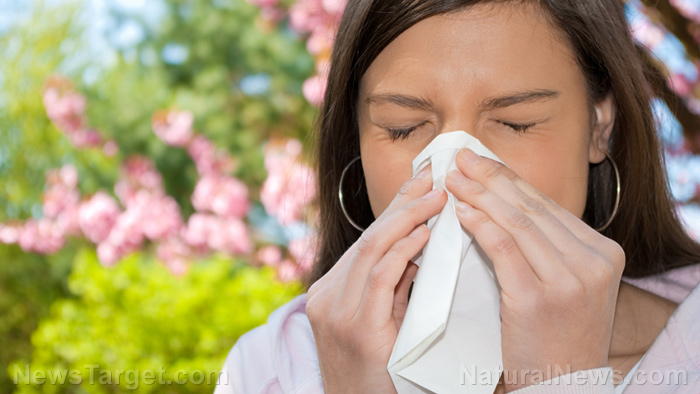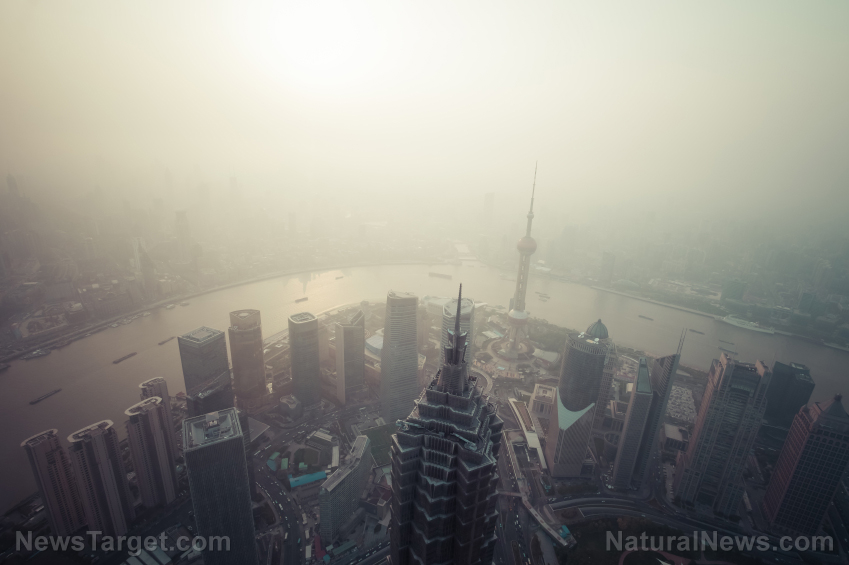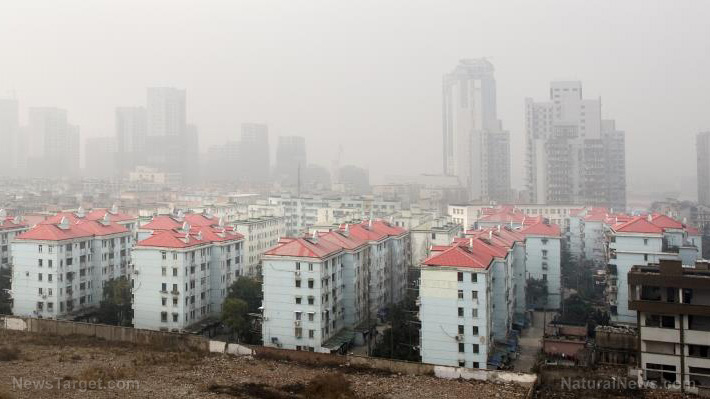
A team of researchers from Intermountain Healthcare, Brigham Young University, and the University of Utah primarily aimed to determine if there was an association between the fine particulate matter PM2.5 and ALRI in young children. They also wanted to identify the same associations for older children, adolescents, and adults. PM2.5 are pollution-causing particles that are around three percent of the diameter of human hair.
The research team looked at 143,397 individuals who were treated for ALRI from 1999 to 2016 at Intermountain Healthcare facilities throughout Utah's Wasatch Front region. About 80 percent of Utah's population resides in this region. It is about 80 miles long and 10 to 20 miles wide, bordered on both sides by mountains. It is primarily composed of suburbs, but also includes the cities of Salt Lake City, Ogden, and Provo/Orem.
The research team estimated the PM2.5 levels based on data from air quality monitoring stations along the Wasatch Front. They also measured PM2.5 levels at secondary locations. They matched short-term periods of PM2.5 increase with the timing of increases in healthcare visits for ALRI.
Results revealed that ALRI was associated with increased levels of PM2.5 in both children and adults – even in newborns and toddlers up to two years old, who represented 77 percent of those who were diagnosed with an ALRI. Moreover, 64 percent of the study subjects had a diagnosis of bronchiolitis, which is the most common cause of hospitalization in the first two years of life. The study was conducted in a location where the average daily PM2.5 level is lower than places like Los Angeles and New York. However, air pollution may be trapped in the high mountain valleys of the Wasatch Front due to its topography. When this happens, sharp increases in PM2.5 to levels considered to be unhealthy occur.
“Overall, it took about 2-3 weeks for the ALRI hospitalizations or clinic visits to occur in this study after the rapid rise in PM2.5 had been observed,” said lead author Benjamin Horne.
When they analyzed death rates among the study population, 17 children up to the age of two, nine children ages three to 17, and 81 adults died within 30 days of diagnosis with ALRI. They explained that the air pollution alone may make the body more vulnerable to infection or may damage the body's ability to fight against infectious agents. PM2.5 may damage the lungs, which can result in a virus successfully causing an infection. PM2.5 may also impair the immune system so that the body performs a less effective response in fighting infection, resulting in longer periods of ALRI symptoms or more severe symptoms requiring a higher intensity of medical care for the infected individual. Periods of acute increases in PM2.5 may also cause people to stay indoors more where they are in closer contact with others who carry infectious agents and can spread the infection to them.
“The most important finding of this study is that infectious processes of respiratory disease may be influenced by particulate matter pollution at various levels,” Horne said.
In addition to respiratory infection, air pollution was also found to significantly increase stress hormones and change metabolism of people who live in industrial cities. An increase in stress hormones can lead to the development of diseases, such as stroke, diabetes, heart disease, and eventually cause death.
Since PM2.5 are so small, they can only be detected through an electron microscope. Causes of air pollution include power plants, motor vehicles, airplanes, residential wood burning, forest fires, agricultural burning, volcanic eruptions, and dust storms. Some are directly released into the air, while others are formed when gases and particles interact in the atmosphere.
Read more news stories and studies on air pollution by going to Pollution.news.
Sources include:
Please contact us for more information.























